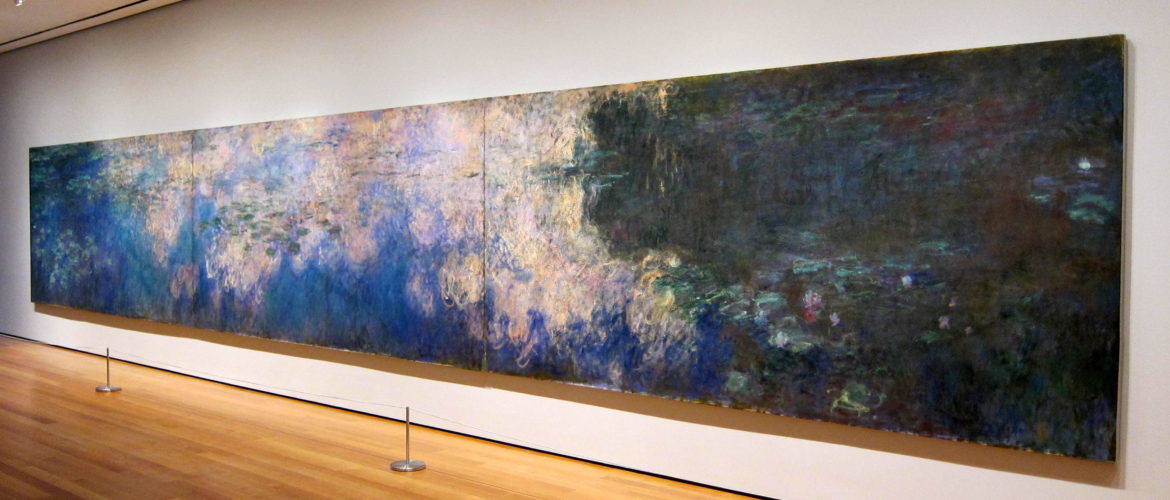Impasto Painting: Origin, Technique, Purpose

If you look back at the history of art, you will notice that many revolutionizing and innovative things were met with severe skepticism. Vulgar, inappropriate, tasteless, irrelevant – those are the words that were proudly and ostentatiously used by art critics and the community when something untraditional and “heretical” appeared on the horizon. That’s what happened to impasto painting, a technique that was one of the focal points of Impressionism, the art movement that showed a new way to observe and depict the world and people in the paintings.
Impasto Painting: Origin, Technique, Purpose
The Italian word “impasto” means dough, paste, or mixture, which perfectly describes how artists apply paint using this technique. The main feature of impasto painting is a thick layer of paint that often creates coarse-textured surfaces on a canvas. Only heavy-bodied paints, such as oils and acrylics, are relevant for this particular method. Besides, many artists preferred using palette knives rather than brushes to achieve the desirable effects. By using this style, painters managed to achieve very bold and raw imagery that had something wild, vivid, and poignant at its core.
So, why did painters start using impasto painting in their work? There is no ultimate purpose of why some artists decided to go against the traditions and try something new. Someone tried it out of curiosity, while others saw great potential in the technique. The benefits of impasto include:
- better control of light and shadow in the painting
- a great way to add expressiveness to paintings as viewers can see how much effort artists put in applying a paint
- allows artists to create nearly three-dimensional effects because of the texture
- makes the hand of an artist visible and separate from the artwork itself
- allows mixing paints right on the canvas
These are the most integral pros of using impasto in art. Again, the list can go on and on because every artist may find some unique advantages that will be special only for them.
Impasto painting was a pain in the neck for traditional artists of the 19th century. They considered the technique to be an indication of a lack of control over paint and sloppiness. Another concern was that it directed the viewers’ attention to the artist rather than the subject of the painting. Fortunately, that criticism didn’t hinder the style from becoming an enormous power in the hands of Impressionists and Post-Impressionists such as Van Gogh, Jackson Pollock, Willem de Kooning, and Frank Auerbach, among others.
